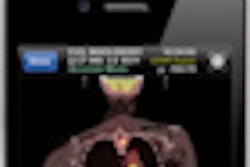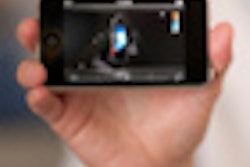Tuesday, November 29 | 11:20 a.m.-11:30 a.m. | MSVR31-13 | Room N228
In this scientific paper presentation, a Singapore team will share its results from a study evaluating the use of the iPad in a broad spectrum of emergency CT and MRI cases.Seeking to determine if the iPad had any diagnostic accuracy issues in comparison with traditional PACS viewing, the researchers decided to simulate its use in a real-world environment, said presenter Dr. Sindhu John of Changi General Hospital.
They retrospectively selected 79 anonymized CT images and nine MRI studies with a broad spectrum of acute emergency conditions commonly encountered by an on-call radiologist at their institution. Three radiologists reviewed the studies independently on an iPad. No attempts were made to standardize lighting, reading conditions, or reading time, she said.
In comparing the iPad results with the reports generated on PACS, the study team found a discrepancy rate of only 3% for major -- judged as clinically significant -- findings, and 4% for minor -- judged as clinically insignificant -- findings. The iPad is able to handle viewing of large studies with supplementary postprocessed images, not just small studies such as brain CT exams, John noted.
The radiologists also reported a generally good experience in reading scans on the iPad, although user interface improvements were needed, John said.
"Vendors of RIS/PACS need to research and develop tablet applications for reviewing radiological images, and improve user interface and experience," she said.




















